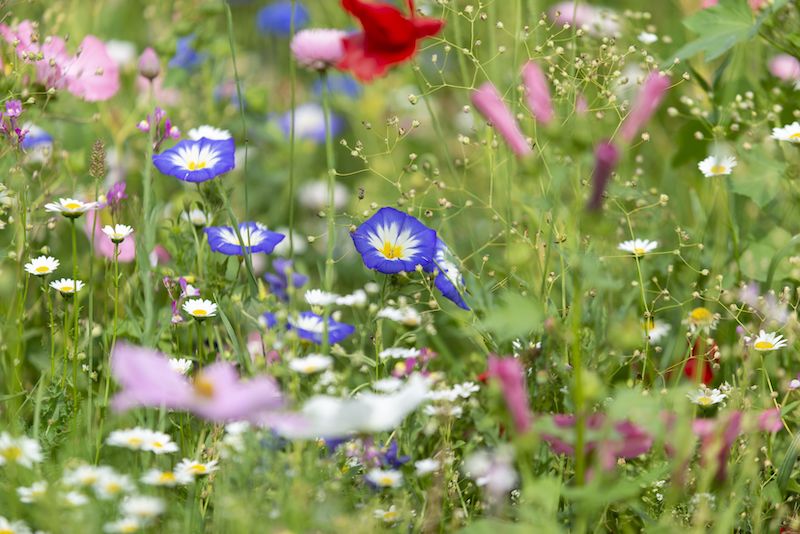Sometimes it can feel like the rewilding movement is beyond our reach and too overwhelming to do on our own. While the term once applied to large tracts of land, this is no longer the case. Gardening and wildlife experts now encourage us to do the same, even for the smallest spaces of land. And no, that doesn’t mean you have to let your entire outdoor space return to its natural state. You can still have a vegetable garden or a flower arrangement. Instead, rewilding your garden means leaving only certain parts untouched and letting nature go, while the rest are managed in a wildlife-friendly way. Do you love the sound of regenerating your outdoor space? Here’s how to rejuvenate your garden.
Rewilding your garden means leaving only parts untouched
Rewilding is the act of restoring a portion of land to its natural, uncultivated state and then letting nature reclaim it. It is the process of restoring an ecosystem, so that biodiversity is encouraged, wildlife returns, and nature can begin to live on its own again. By rescuing your garden, you are helping to restore native animals, insects and plants to the area, no matter how small. Rewilding your garden is one way to give back to nature. Let her drive and do what she does best.
Rewilding is the act of restoring part of the land to its natural state
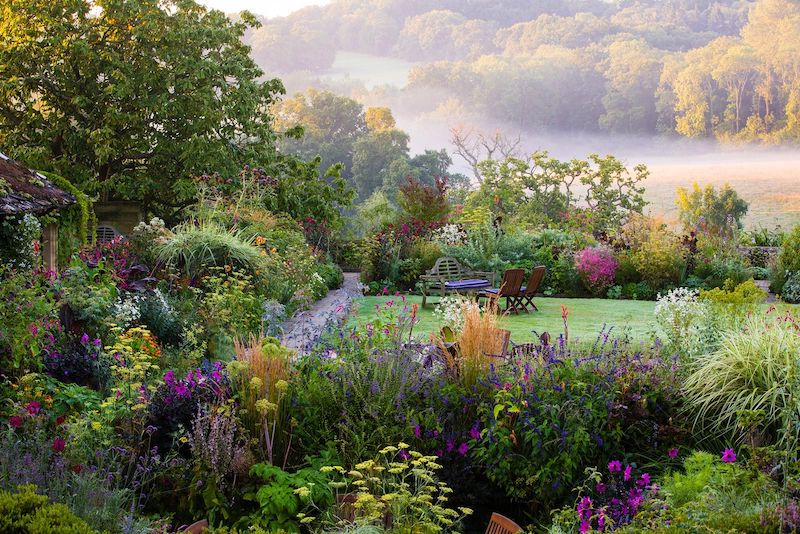
How to rewild your garden?
Rewilding isn’t just for huge piles of land, large organizations and professional gardeners. The good news is that you can also do your part for nature even if you have a small garden. Regardless of the size of your yard, reseeding will have a ton of benefits for the soil, animals, plants, and even your well-being. Everything in nature has a balance, but in taking control we often upset that balance. That’s why it’s time to let nature take over and show us how it’s done. And don’t worry, that doesn’t mean you can’t have fun gardening, it just means learning to co-exist with nature.
Rewilding isn’t just for huge piles of dirt
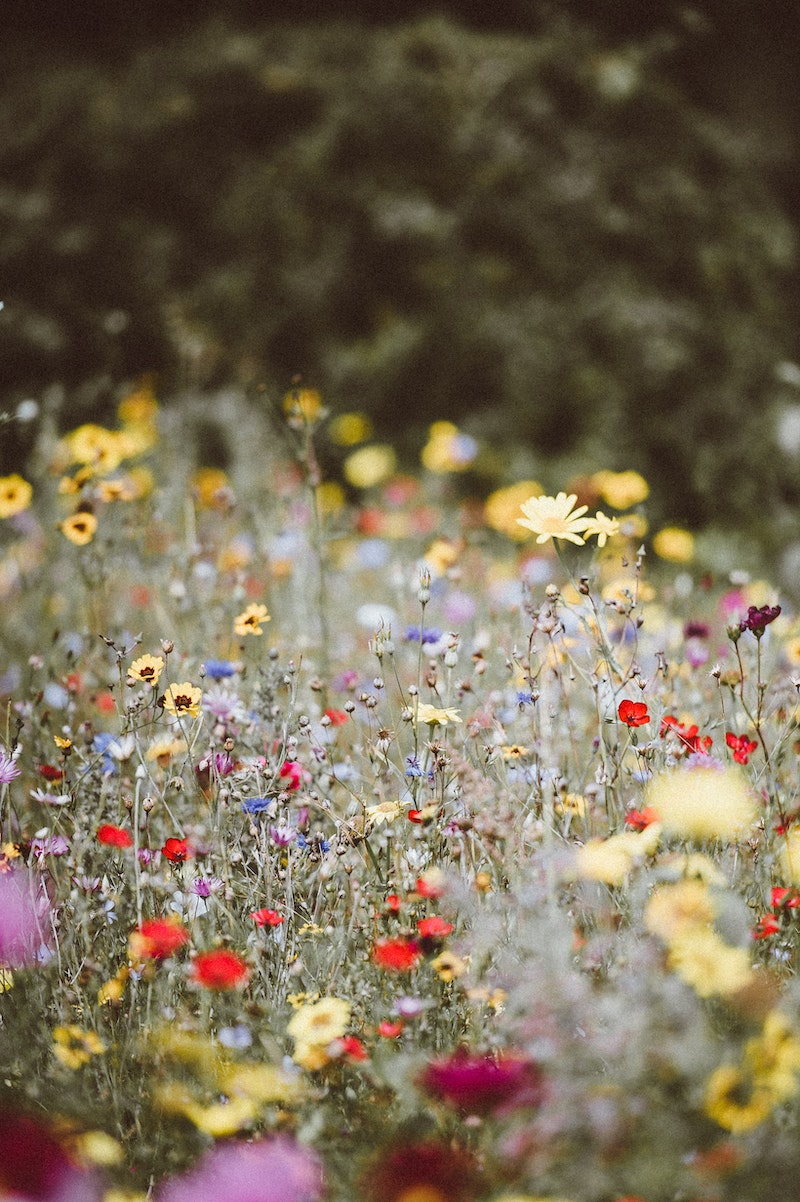
#Pollinator-friendly plants
The first thing you can do is add more pollinator-friendly plants to your garden. Choose plants that will provide a good supply of nectar and pollen throughout the year. There are many bee and butterfly friendly plants to choose from. By providing plenty of food for pollinators, you help attract birds and other types of animals that are essential to creating a thriving ecosystem. Having lots of flowers can also help suppress weed growth and can even support your vegetable plants if they are good companion plants.
Choose plants that will provide a good amount of nectar and pollen throughout the year
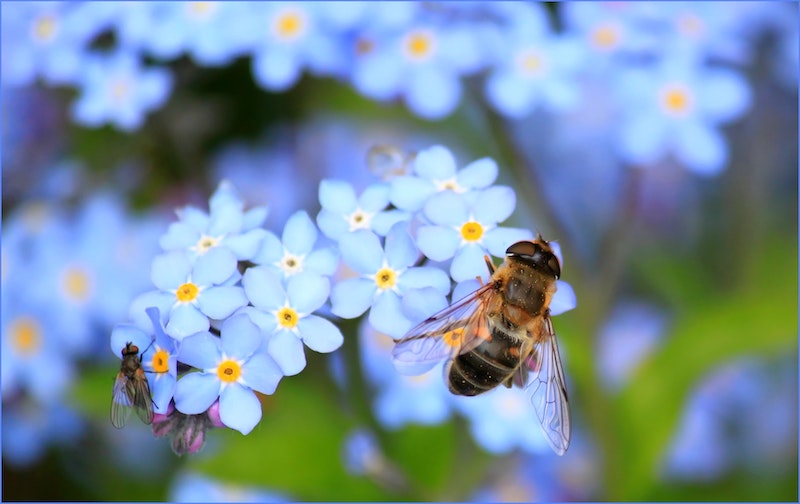
#Wild flowers
You can create a miniature meadow in your own garden by sowing a wildflower seed mix, which is of course suitable for your soil. And the worse the growing conditions, the better the wildflowers will grow. They are not used to nutrient-rich soils and scheduled waterings. This makes them about the most low maintenance plants. So it’s a win-win. You don’t have to spend hours looking after them, and they look great!
The poorer the growing conditions, the better the wildflowers will grow
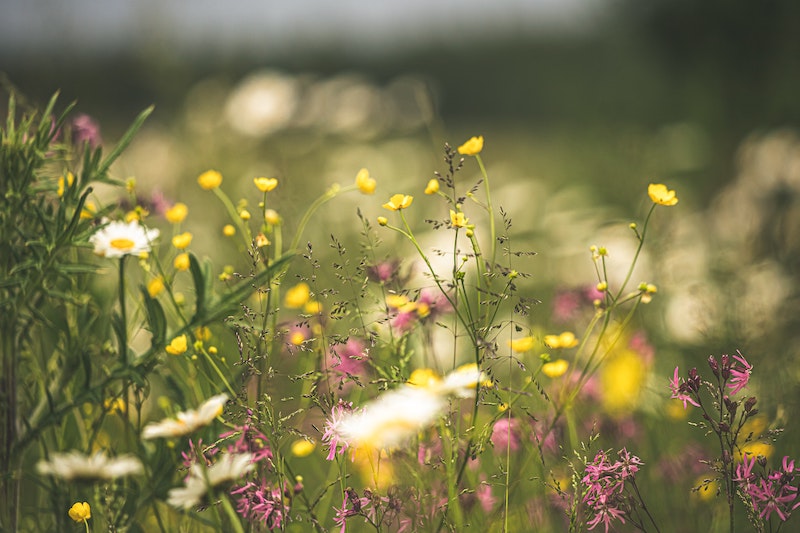
#No chemicals
Our perfect lawns and gardens often do more harm than good. And the chemicals in the pesticides and fertilizers we use deplete and damage the soil in the long run. It also harms a ton of species. Using a ton of chemicals, billions of microbes, fungi, insects, etc. are hurt in the process. So, in order to restore an area to its natural state, it is important to avoid using chemicals. There are many organic pest control tools and organic fertilizers you can make that will save you money and save nature.
The chemicals in the pesticides and fertilizers we use deplete and damage the soil
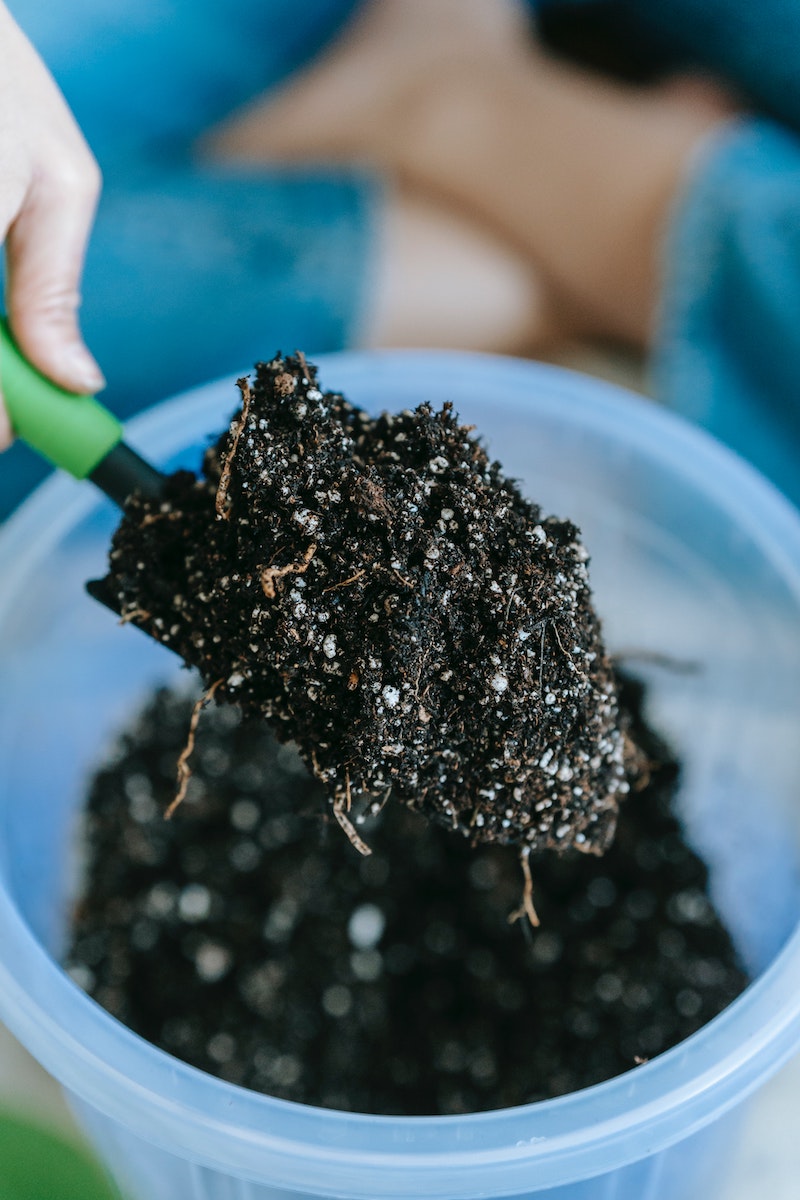
#Let the grass grow
Mixing certain types of grass can help your garden’s biodiversity. Let the grass go longer, start mowing once a month or even less! By simply doing this, you can quickly turn your garden into a wildlife haven. Keeping lawns clean and trimmed is terrible for durability. Think of all the energy used to mow them and the water to keep them lush. Not only will letting grass grow longer be better for wildlife, it will also make it easier for them to cope with wet winters and dry summers. And with lots of grass, wildflowers will also start to appear.
Mixing certain types of grass can help your garden’s biodiversity
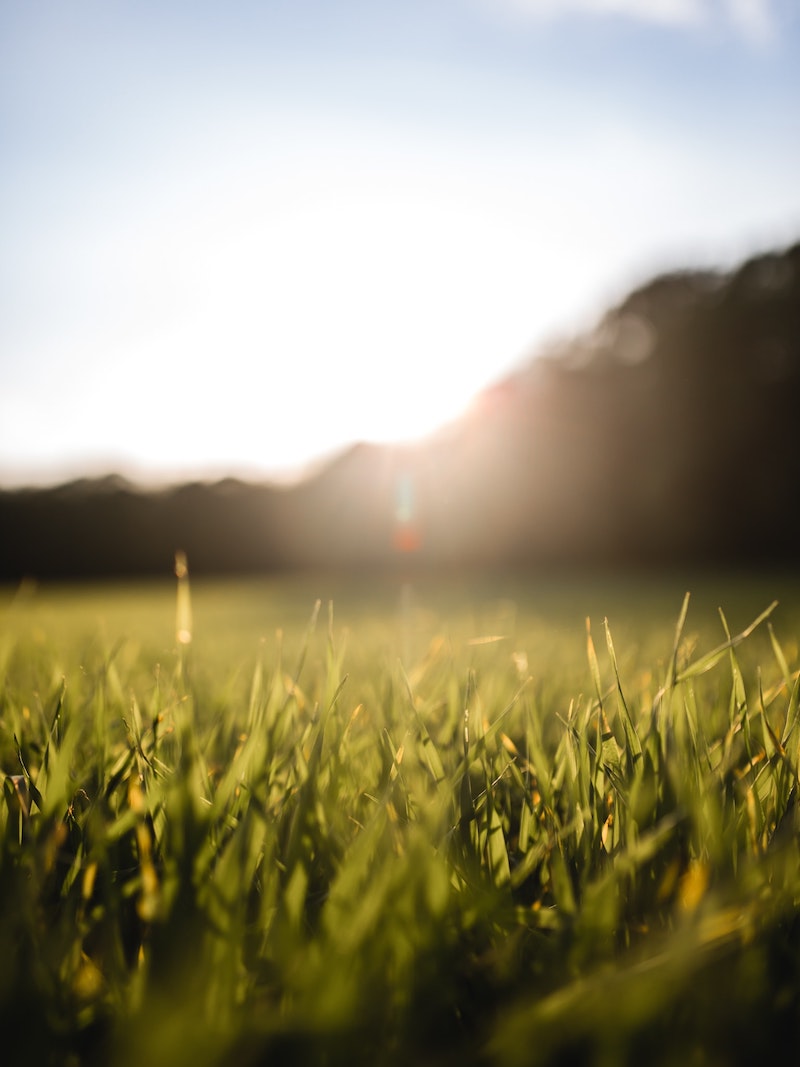
#Water source
Water is an easy way to attract wildlife to your garden. Even a small pond can do wonders, as it is one of the richest wildlife habitats. You can add rocks or gravel to allow wildlife to reach in and out of the pond. Just be sure to make a fairly shallow side, as many amphibians prefer very shallow water. If you have a stream in your garden, you can also create a wetland or bog with a dam, mimicking the work of beavers.
Water is an easy way to attract wildlife to your garden
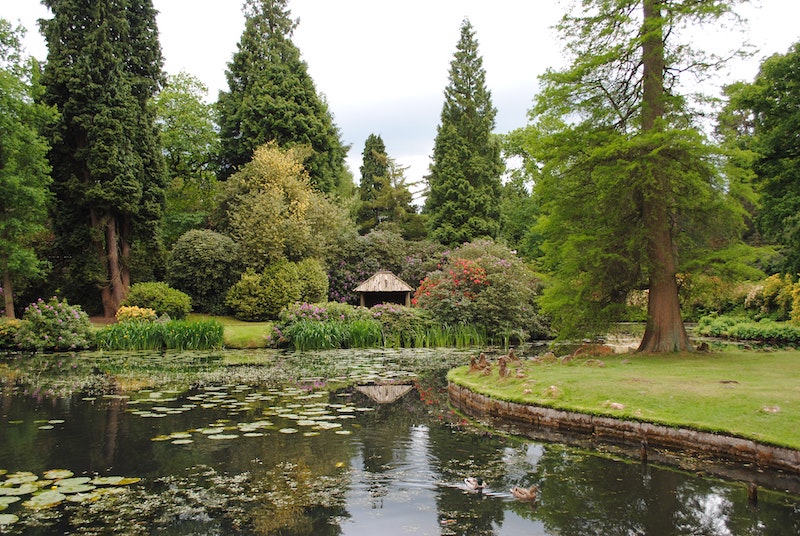
#Mulch
As we mentioned, there are a ton of microorganisms in the soil. And by constantly digging up our soil, it is very easy to destroy said vital microorganisms that help sustain plant life. So when it comes to rewilding your garden, regular mulching is better than constant digging. It’s easier and better for nature to keep things in balance. And instead of using chemical fertilizers, you can easily make and use your own compost.
When it comes to rewilding your garden, it is better to mulch regularly
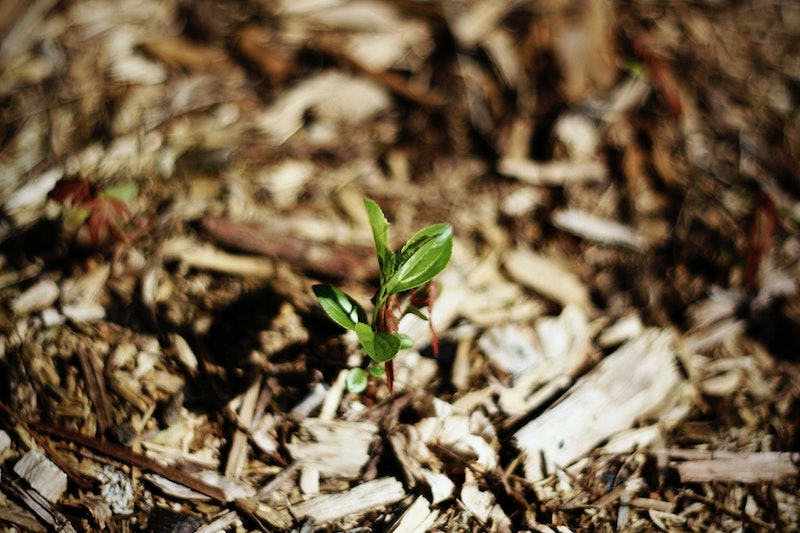
#Natural Fence
Are you wondering how to re-wild your garden while keeping your privacy? You don’t need fancy wooden fences or huge metal bars to have some privacy in your garden. Instead, revert to a natural method of fencing, such as using native hurdles. It’s thick, so you won’t have neighbors staring at you, it’s beautiful and lush, and it provides shelter for birds.
Revert to a natural method of fencing, such as using native hurdles
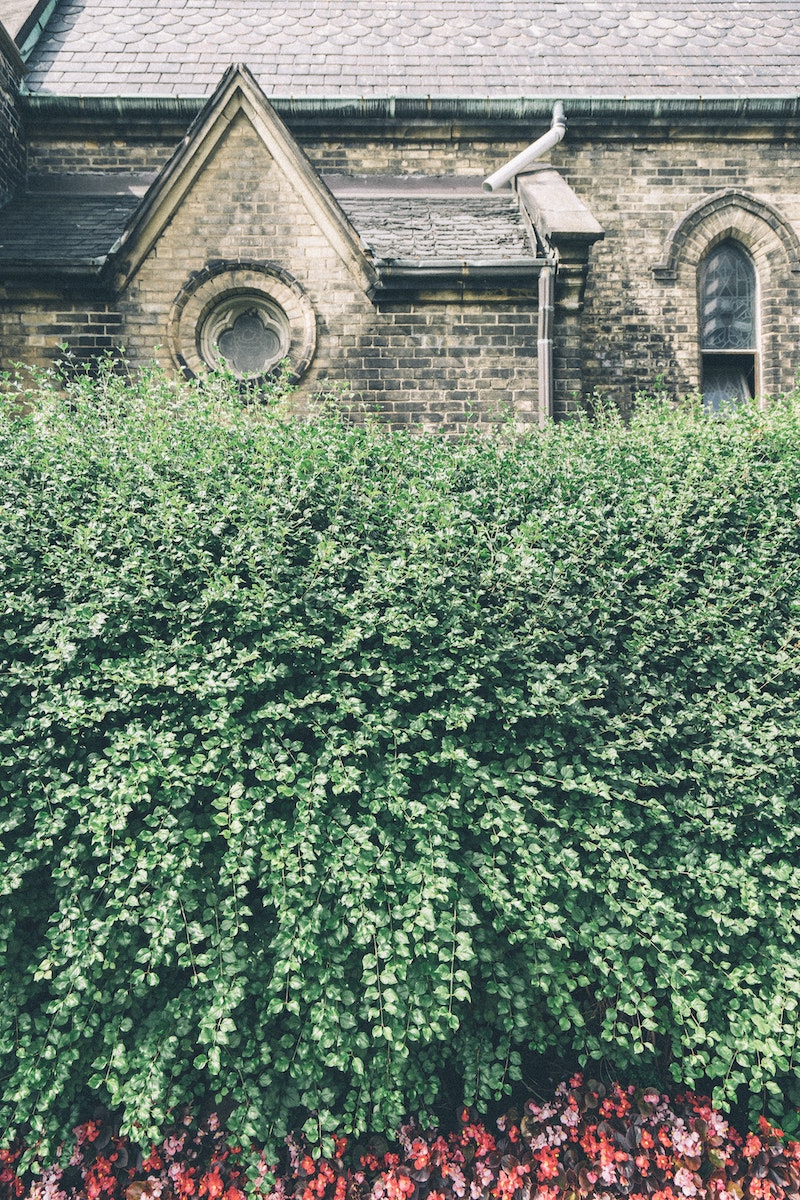
These are all the tips and tricks we have when it comes to rewilding your garden. We hope you found this article useful. You can now enjoy a beautiful, lush garden that lives in peace with nature. One filled with native flowers, animals and harmony.
Enjoy a beautiful lush garden
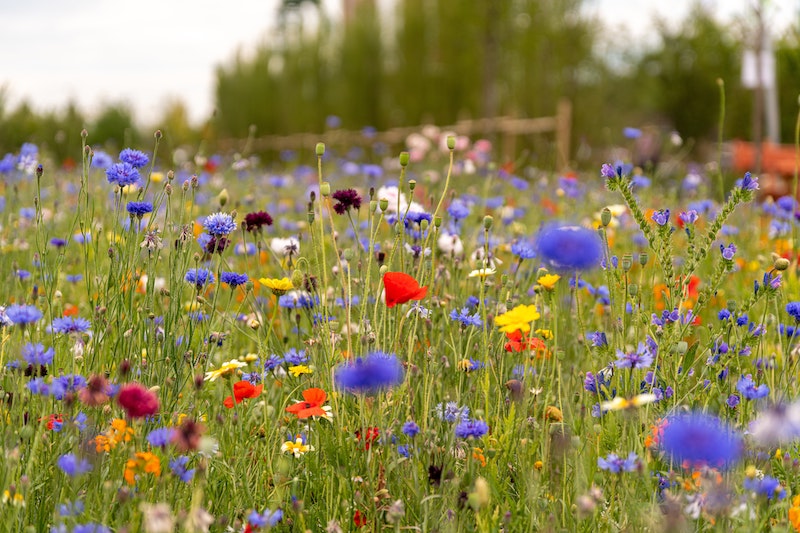
Sources:

